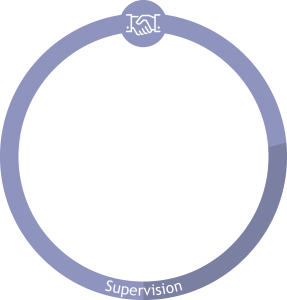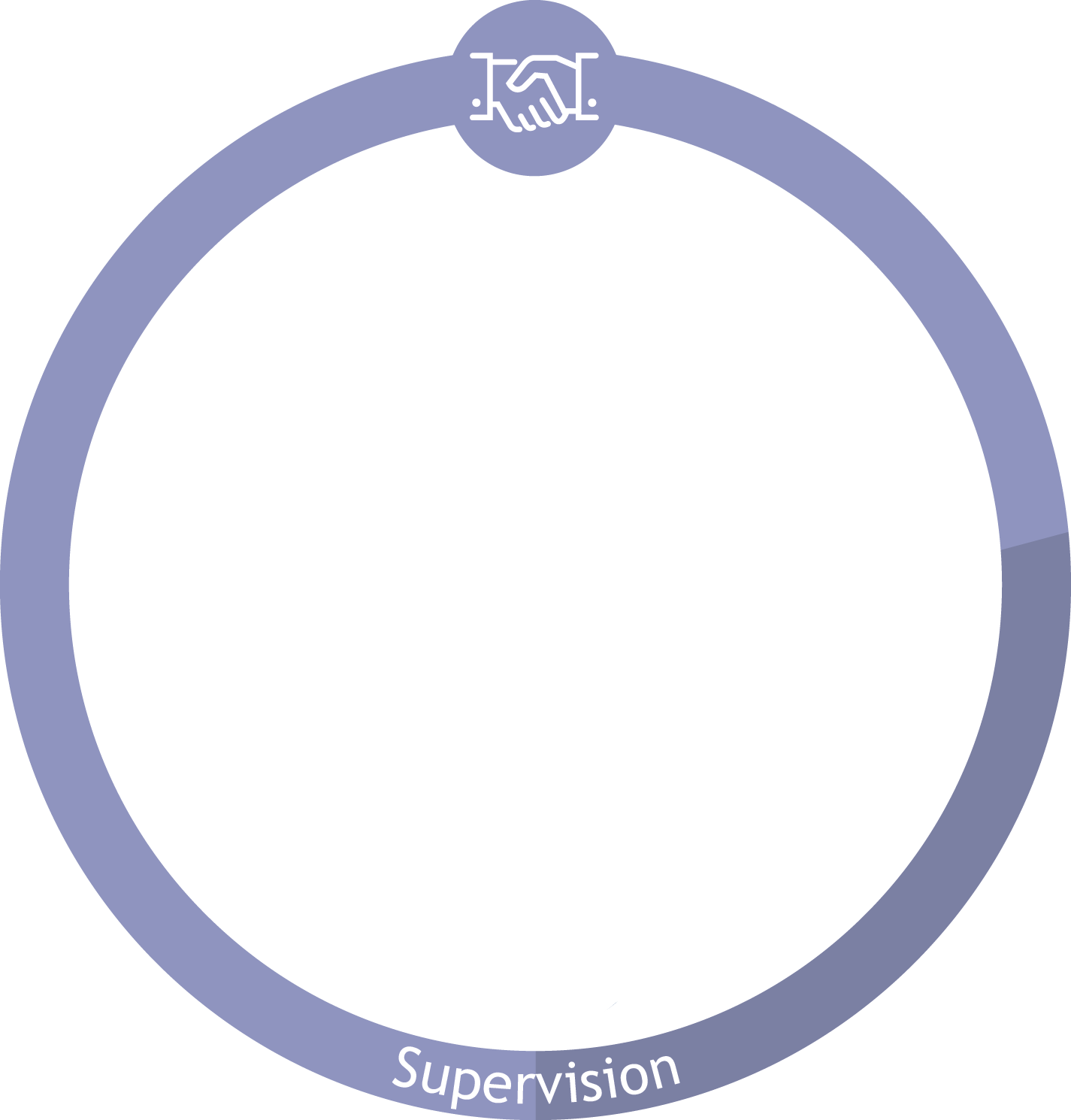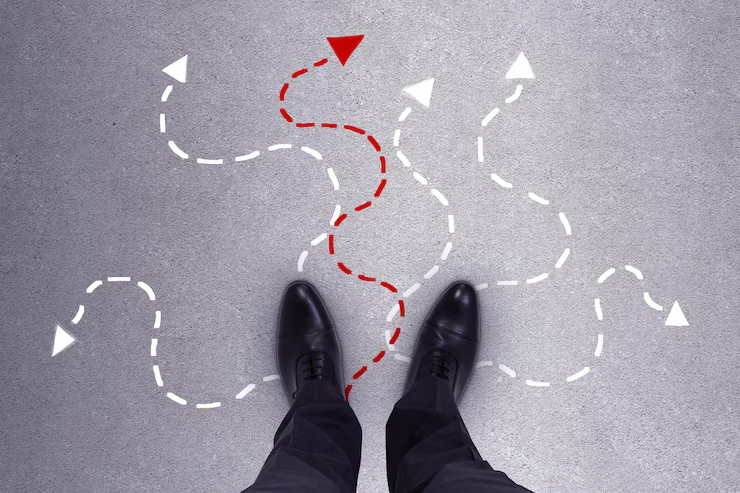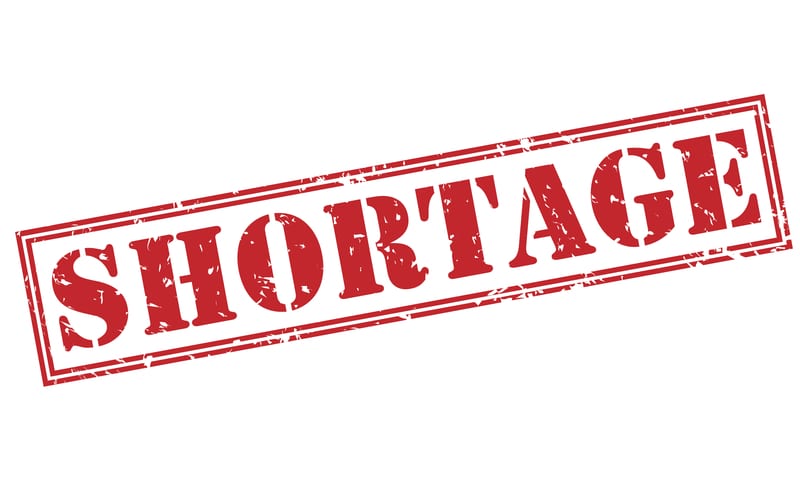In the previous blog, we introduced the fifth stage of the business transformation model VAPORS, called ‘Results’. In this final blog regarding VAPORS, we will explain the sixth stage, ‘Supervision’. As a reminder, the VAPORS Model consists of 6 stages:
– Value
– Assign
– Progress
– Output
– Results
– Supervision

‘Supervision’ is the orchestration of the other five stages of our VAPORS Model. The links between the stages and the rhythm in which you go full cycle through the VAPORS stages determine the success and persistence of the required business transformations. It is all about recognising and management risk, opportunities, constraints, and assumption within and across all previous stages of the VAPORS model, the governance.
From our experience, we have created checklists per type of business transformation. Often, these risks, opportunities, constraints, and assumption have to do with people within your organisation or your business partners. Addressing these topics is frequently not the most popular encounter, but we as independent thinkers have pledged to be brutally honest. As always, we do this with the right amount of tact, but if necessary we can be as blunt as a Dutchman can be.
Governance is a much-needed steering entity. To keep the transformation on track, to stay within the boundaries set for time and budget, to deliver the output according to the quality specifications as defined. Without ‘Supervision’ there would be no control or feedback loop mechanism to keep on track and be able to report progress.
’Supervision’ is depicted as a circle. That means that it encompasses all other stages and is ever present, from the start of your strategy journey until the benefits kick in and impact the organisation positively. Without ‘Supervision’ there is no control, no measure stick, no feedback loop. It also means it is never ending within an organisation. Continuous improvement needs constant monitoring to increase the quality.
Different blueprints can be used, but the most important one will be our Governance Framework. And our toolkit holds several tools for this stage to be used, like:
– Levels of Learning
– Thinking Hats (De Bono)
– Feedback Loops/ Double Loop Learning
– ….and many more
These blueprints and toolkits make it easy to support the processes in this stage and make sure nothing will be left out.
‘Supervision’ is the sixth and final stage of our business transformation model and covers the control model to measure and respond throughout the other five stages. With this blog, we conclude the explanation of our VAPORS model. We continue to use and refine where needed the VAPORS model and tune its use based on the requirements per assignment. Inquire how VAPORS can support your business!










0 Comments